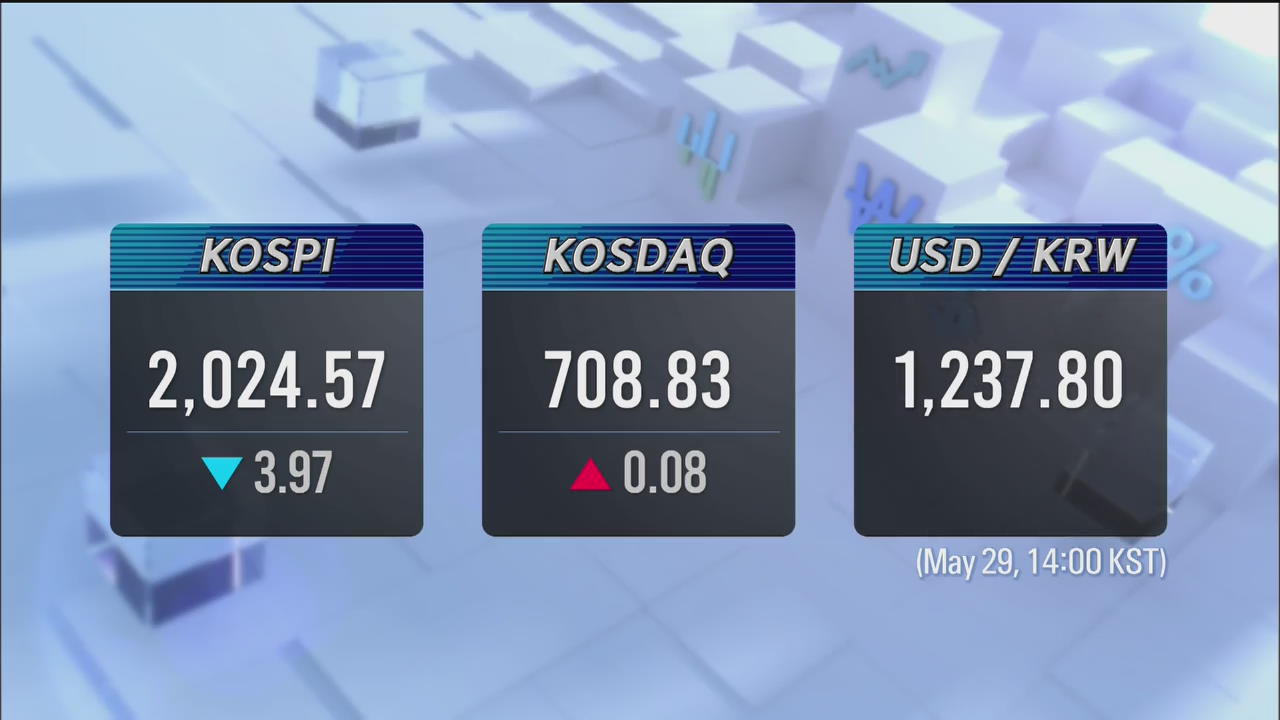BLACK CORALS DIE-OFF IN JEJUDO ISLAND
입력 2020.05.29 (15:23)
수정 2020.05.29 (20:16)
읽어주기 기능은 크롬기반의
브라우저에서만 사용하실 수 있습니다.
[Anchor Lead]
Colonies of beautiful corals inhabit waters off Munseom Island near Seogwipo, Jeju-do Island. But an environmental group released a video that shows black corals, Korea’s Natural Monument No. 456, perishing out there in large numbers.
[Pkg]
Waters off Seogwipo. Famous for colonies of beautiful corals. They seem to resemble snow-covered pine trees. These are the endangered black corals, Korea’s Natural Monument No. 456. But it's a completely different scene, right next to the corals. Sea anemones are attached to long coral branches and some have lost their unique color, leaving only bare skeletons. This scene stands in stark contrast to the one filmed by KBS five years ago. An environmental group has studied waters off Munseom Island near Seogwipo for the past two months. It released a video of black corals dying in great numbers.
[Soundbite] YUN SANG-HUN(GREEN KOREA) : "There were more sea anemones than we thought. They were mostly living off the protected coral species like black corals."
No definite cause of death has been found. The environmental group can only assume the luster sea anemones that live off the black corals had something to do with it.
[Soundbite] PROF. HWANG SUNG-JIN(WOOSUK UNIV.) : "Climate change or influx of organic compounds may have caused the sea anemone population increase. More detailed studies of marine environment must be carried out to determine the exact cause."
The National Marine Biodiversity Institute of Korea plans to study whether a greater number of sea anemones in the southern coastal areas is just a momentary phenomenon, and whether it is related to coral mortality.
Colonies of beautiful corals inhabit waters off Munseom Island near Seogwipo, Jeju-do Island. But an environmental group released a video that shows black corals, Korea’s Natural Monument No. 456, perishing out there in large numbers.
[Pkg]
Waters off Seogwipo. Famous for colonies of beautiful corals. They seem to resemble snow-covered pine trees. These are the endangered black corals, Korea’s Natural Monument No. 456. But it's a completely different scene, right next to the corals. Sea anemones are attached to long coral branches and some have lost their unique color, leaving only bare skeletons. This scene stands in stark contrast to the one filmed by KBS five years ago. An environmental group has studied waters off Munseom Island near Seogwipo for the past two months. It released a video of black corals dying in great numbers.
[Soundbite] YUN SANG-HUN(GREEN KOREA) : "There were more sea anemones than we thought. They were mostly living off the protected coral species like black corals."
No definite cause of death has been found. The environmental group can only assume the luster sea anemones that live off the black corals had something to do with it.
[Soundbite] PROF. HWANG SUNG-JIN(WOOSUK UNIV.) : "Climate change or influx of organic compounds may have caused the sea anemone population increase. More detailed studies of marine environment must be carried out to determine the exact cause."
The National Marine Biodiversity Institute of Korea plans to study whether a greater number of sea anemones in the southern coastal areas is just a momentary phenomenon, and whether it is related to coral mortality.
■ 제보하기
▷ 카카오톡 : 'KBS제보' 검색, 채널 추가
▷ 전화 : 02-781-1234, 4444
▷ 이메일 : kbs1234@kbs.co.kr
▷ 유튜브, 네이버, 카카오에서도 KBS뉴스를 구독해주세요!
- BLACK CORALS DIE-OFF IN JEJUDO ISLAND
-
- 입력 2020-05-29 15:24:33
- 수정2020-05-29 20:16:11

[Anchor Lead]
Colonies of beautiful corals inhabit waters off Munseom Island near Seogwipo, Jeju-do Island. But an environmental group released a video that shows black corals, Korea’s Natural Monument No. 456, perishing out there in large numbers.
[Pkg]
Waters off Seogwipo. Famous for colonies of beautiful corals. They seem to resemble snow-covered pine trees. These are the endangered black corals, Korea’s Natural Monument No. 456. But it's a completely different scene, right next to the corals. Sea anemones are attached to long coral branches and some have lost their unique color, leaving only bare skeletons. This scene stands in stark contrast to the one filmed by KBS five years ago. An environmental group has studied waters off Munseom Island near Seogwipo for the past two months. It released a video of black corals dying in great numbers.
[Soundbite] YUN SANG-HUN(GREEN KOREA) : "There were more sea anemones than we thought. They were mostly living off the protected coral species like black corals."
No definite cause of death has been found. The environmental group can only assume the luster sea anemones that live off the black corals had something to do with it.
[Soundbite] PROF. HWANG SUNG-JIN(WOOSUK UNIV.) : "Climate change or influx of organic compounds may have caused the sea anemone population increase. More detailed studies of marine environment must be carried out to determine the exact cause."
The National Marine Biodiversity Institute of Korea plans to study whether a greater number of sea anemones in the southern coastal areas is just a momentary phenomenon, and whether it is related to coral mortality.
Colonies of beautiful corals inhabit waters off Munseom Island near Seogwipo, Jeju-do Island. But an environmental group released a video that shows black corals, Korea’s Natural Monument No. 456, perishing out there in large numbers.
[Pkg]
Waters off Seogwipo. Famous for colonies of beautiful corals. They seem to resemble snow-covered pine trees. These are the endangered black corals, Korea’s Natural Monument No. 456. But it's a completely different scene, right next to the corals. Sea anemones are attached to long coral branches and some have lost their unique color, leaving only bare skeletons. This scene stands in stark contrast to the one filmed by KBS five years ago. An environmental group has studied waters off Munseom Island near Seogwipo for the past two months. It released a video of black corals dying in great numbers.
[Soundbite] YUN SANG-HUN(GREEN KOREA) : "There were more sea anemones than we thought. They were mostly living off the protected coral species like black corals."
No definite cause of death has been found. The environmental group can only assume the luster sea anemones that live off the black corals had something to do with it.
[Soundbite] PROF. HWANG SUNG-JIN(WOOSUK UNIV.) : "Climate change or influx of organic compounds may have caused the sea anemone population increase. More detailed studies of marine environment must be carried out to determine the exact cause."
The National Marine Biodiversity Institute of Korea plans to study whether a greater number of sea anemones in the southern coastal areas is just a momentary phenomenon, and whether it is related to coral mortality.
이 기사가 좋으셨다면
-
좋아요
0
-
응원해요
0
-
후속 원해요
0

















이 기사에 대한 의견을 남겨주세요.